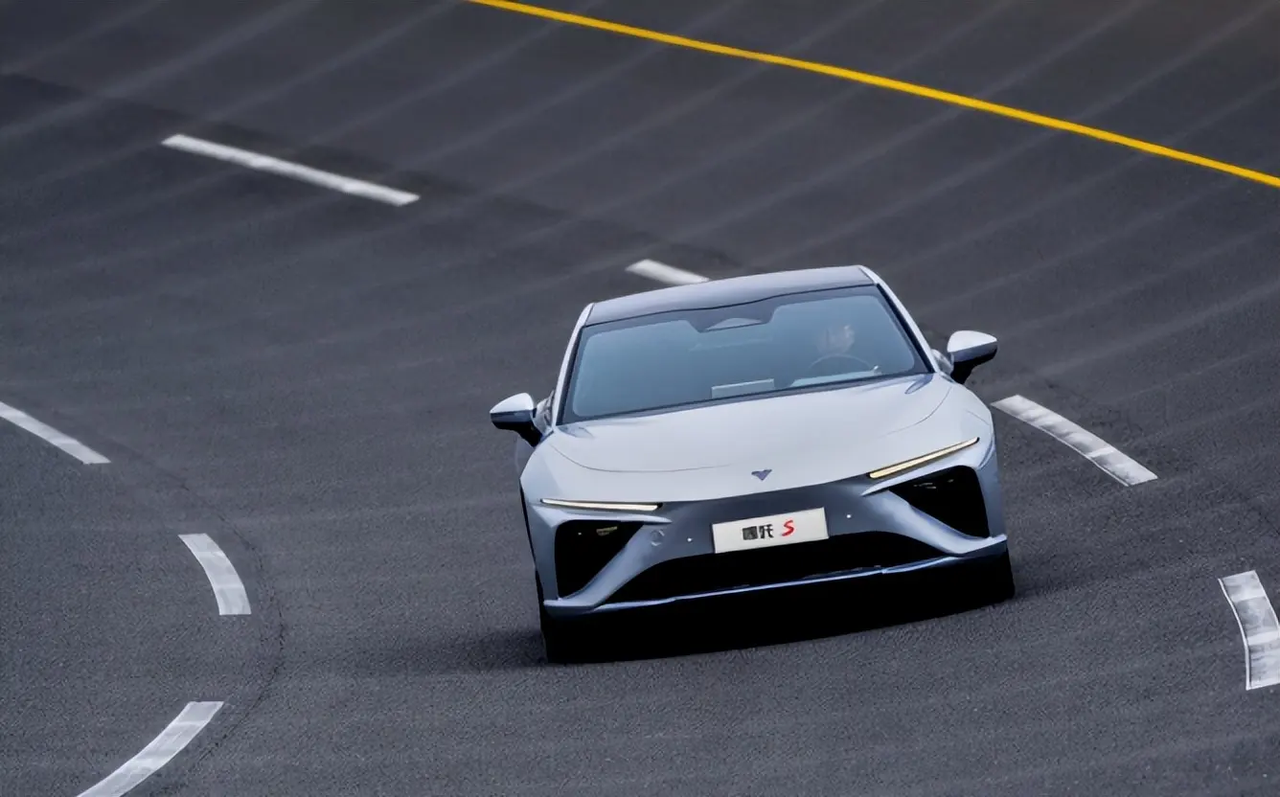On November 30th, NETA S was officially launched and delivered. During this opportunity, we once again came to the site to experience the production version of the NETA S cockpit. First of all, the layout of the NETA S central control screen adopts a vertical screen format, which can simultaneously take into account visual sensitivity while driving as well as the convenience of hand operation. It can also try to minimize the horizontal intrusion of the screen on the dashboard, making the visibility of the main and co-pilots more open. However, the horizontal screen is better in terms of the viewing experience.
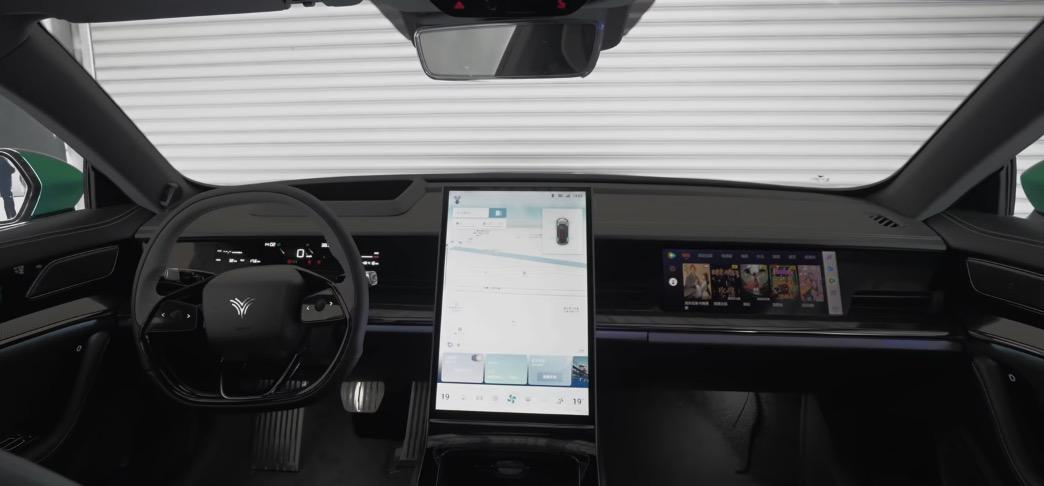
On the main interface, from top to bottom are the voice virtual image, status bar, map navigation, vehicle status card, and shortcut card, with the Dock bar at the very bottom. Compared with other vertical screen models, the unique feature is the vehicle status card located in the upper right corner of the screen. Here, the current tire pressure and the opening and closing of the car door can be displayed. If someone in the car is not wearing a seatbelt, there will also be a corresponding reminder.
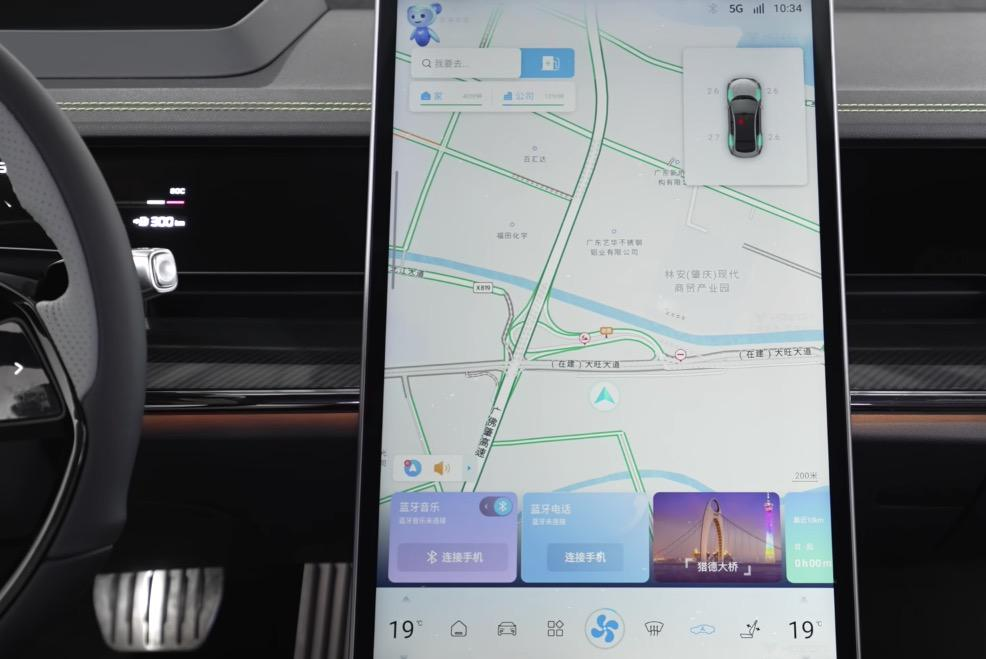
In order to make use of the extra space at the bottom, NETA S places a row of slideable shortcut cards at the bottom, where you can perform some basic operations. For example, play, pause, next, switch different sound sources, mileage calculation, quick phone calls, etc. You can also customize the order of these cards to arrange a combination that suits you better.
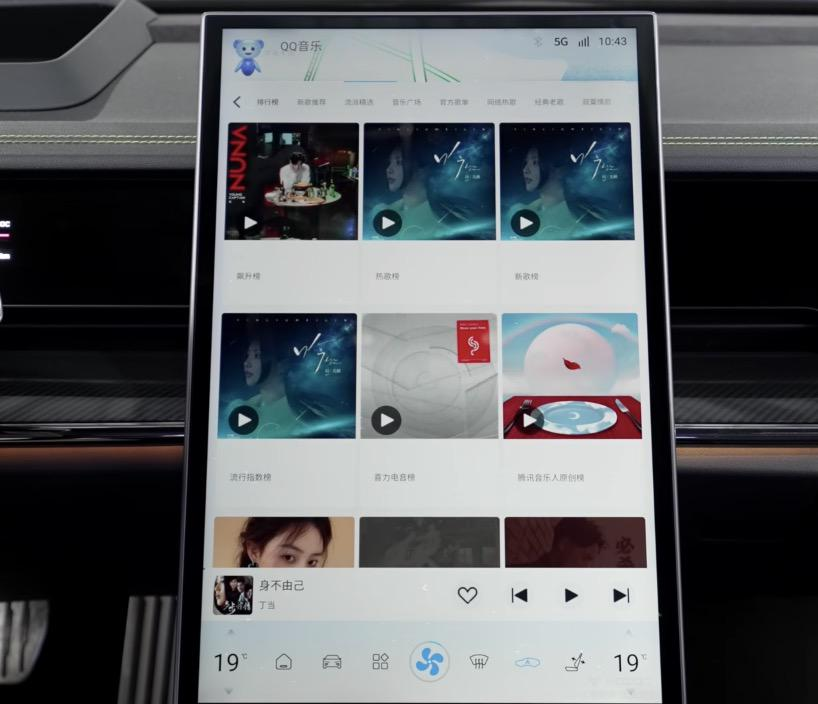
On the Dock bar at the bottom, from left to right, are these functions. Among them, the fan speed supports one-click quick adjustment, and both the driver and co-driver temperatures do not support this function. After long-pressing, the pop-up control bar can be used to slide up and down to adjust the temperature.
The map navigation of NETA S uses the Amap SDK, and the application layer is completely self-developed. It can automatically synchronize with the records and favorites on the phone side by logging into the Amap account. The navigation route is almost identical to that on the phone, so there is no need to worry about navigation errors caused by delayed map updates.
In addition, compared with mobile phones, when switching between overpasses and ground roads, if you take the wrong route, the car navigation system can quickly identify whether the vehicle has gone onto the overpass based on the height sensor, while the phone takes much longer to react.
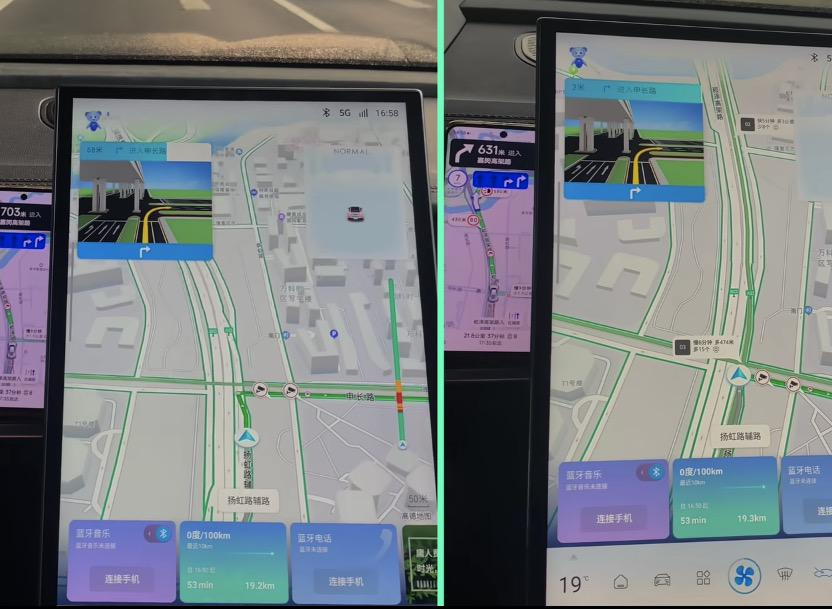
The audio system on the NETA S is absolutely top-notch: 21 speakers, 7.1.4 channel, 1216W power, as well as dual-headrest speakers for driver and front passenger, and 4 additional speakers on the roof, all of which make up the sky sound customized for this car. Even if these hardware specifications were placed in the 500,000 RMB price range, they would still be impressive.
The four-wheel drive model of the NETA S adopts a front and rear dual-motor design, with a peak power of 340 kW, an overall peak torque of 620 N·m, and a drag coefficient of 0.216Cd. The official zero to 100 km/h acceleration time is only 3.9 seconds. It adopts the combination of front double wishbone independent suspension and rear five-link independent suspension.
Unfortunately, except for the cockpit, we didn’t have the opportunity to fully experience the performance of the production version of the NETA S today. Here, we list the official data, and if there is a chance next time, we will again deeply experience the driving feel and share it with everyone.
This article is a translation by ChatGPT of a Chinese report from 42HOW. If you have any questions about it, please email bd@42how.com.
